From the Internet of Things to the Internet of All the Things: the long journey of the Human Being
The Web as we know it today has well over 20 years old, and those who like me were born much earlier will surely remember how it was the world before Internet.
We are talking about a more static, less interconnected world, that we were able to manage because it was slower and more predictable.
Actually, we weren’t aware of the real complexity of our Universe.
Then things moved to the fast lane.
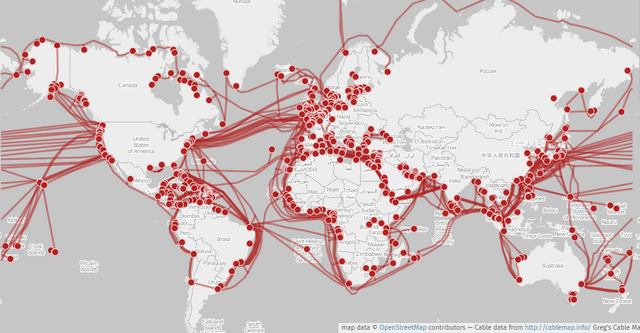
The new global fast lane.
Our telephone lines became more and more interconnected, and so were our homes, our jobs, our Lives.
Suddenly the world became faster and faster, frenetic, and we were overwhelmed by this merciless vortex.
The Complexity of the Reality we were experiencing grew to the point of becoming unmanageable.
The boundaries disintegrated, faded to disappear.
The distances almost cancelled, the world has become much smaller.
Whether we are conversing with our neighbour, or with a friend who lives on the other side of the world, makes no difference to us anymore.
The categories of our Reality have followed the same trend: the knowledge is accessible to all regardless of economic and social status, the universities have opened their doors, the new professions don’t have a defined academic path.
In short, a real mess!
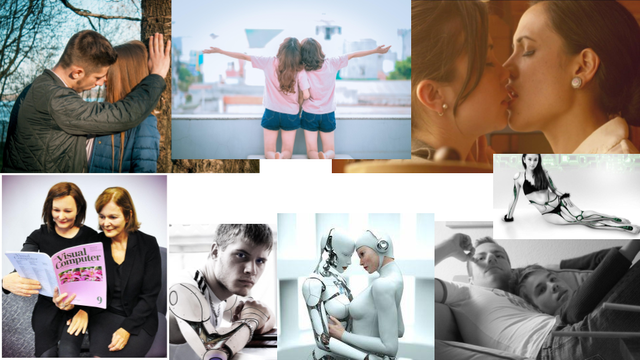
Every novelty brings cognitive friction with it.
Under such novelties the world became unknown to our eyes.
Many people speak of a real Copernican Revolution, and for the first time in the history of Humanity Man invented an instrument that he himself is not able to understand yet.
All these movements of the Times we are experiencing generate uncertainty, and with it come fears and anxieties.
We now perceive our Reality in a pre-Web time and a post-Web time.
But are we really sure that everything is so new?
The long story behind the hyperconnected world.
Let's start from the idea of a hyper-connected world, and analyze the history of Human Beings.
If we move back in time to our prehistoric ancestors with their Tribes, and then we go back along the first Civilizations with their commercial traffic, the first Empires, and so on passing through the Middle Ages, up to the first Commercial Empires and in our day, we notice a common thread, an element that remains present along the whole line of History: Connection.
Human Being, as a social animal by nature, has always sought and created connections.
We could say that Connectivity is the basis of human history.
The ancient Tribes were closed systems in which its members established connections among themselves, and the connections with the outside were very limited, both for mentality and logistical reasons.
Then the connections increased, the Human Being devised new, more effective means of communication that made travel easier and faster.
The ancient great Civilizations and Empires generated an expansion of the territories that widened the connections.
Thus we arrived at a deeply inter-connected Mediterranean.
The commercial routes both land and sea are very reminiscent of the wiring of our Web, with main lines that spread widely across the various territories.
We see the same pattern if we analyze the connections of the successive Civilizations, up to the Large Commercial Companies of 1600-1700, and the subsequent ones that embraced the whole Globe.
Nothing new then.
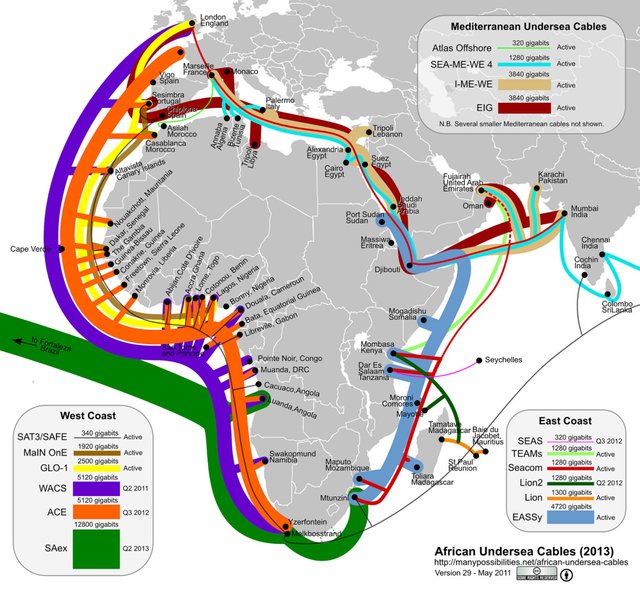
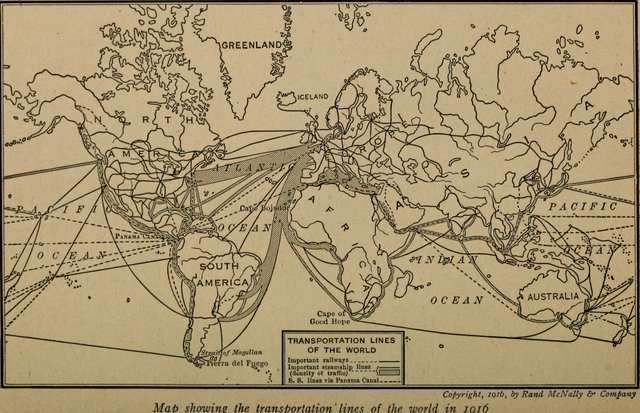
Why such difficulty in understanding our post-Web world?
Maybe the matter is more in quantity than in quality?
The connections of the post-Web World are faster and faster, more and more numerous, so intertwined that we are witnessing the creation of real alternative levels of Reality that overlap with our physical Reality and intertwine with each other, still generating more complexity.
This complexity has precipitated in recent years along a hyperbole trend, so we have moved from machines that are relatively isolated from each other and distinct from human beings, to the Internet of Things where all the devices are connected to each other through some nodes that act as access doors (the computer, the mobile), to the Internet of All Things, where the access doors disappear and give birth of a network of nodes that permeates our Reality and our Lives.
In this Internet of All Things devices detect the exchange of oxygen and carbon dioxide of a forest, generating data that are intertwined by data from the smog surveys of the neighboring city, and the result of these calculations is sent to the radiators, to the boilers and the electric power station of our house, that in turn regulate the efficiency of home systems to optimize energy savings.
Or the servers detect the movements of the inhabitants of a metropolis by car (using the GPS of their mobile phones), analyze them by interweaving the data of the streets and time slots, and send these data to the city's traffic lights, which can synchronize in real time to make traffic smoother and reduce the level of pollution.
And if you think this is just science fiction, know that a similar project is already being studied for the city of New York.
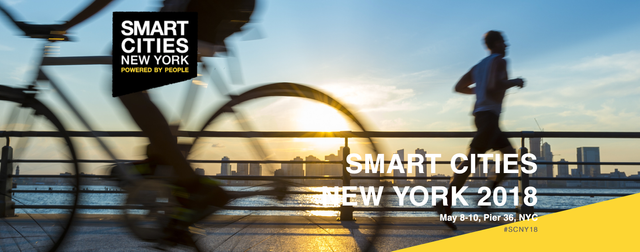
In the meantime, if you feel confused and all this complexity has made you a headache, welcome to the Digital Age!
Stay tuned as things have just started!
And after you've listened to my voice all this time, now I want to hear yours.
What do you think about it?
Really our Present is just a matter of quantity of connections, or there is something more?
What?
Write it in the comments.
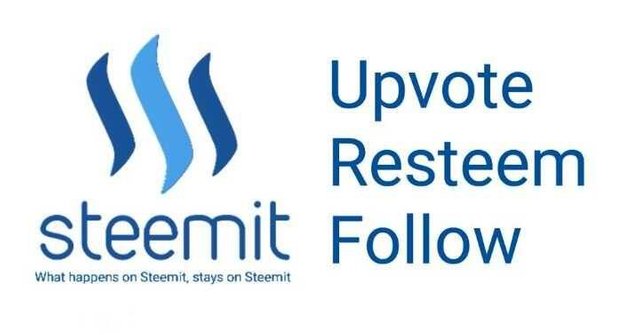
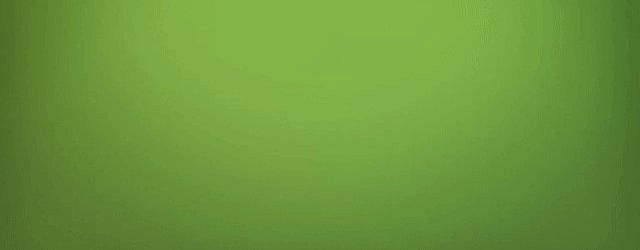
Got any references to cite for the text?
@mobbs this post comes from my direct observation of the World, so it was empty of external links.
Since many of you asked for more resources, I added some videos from more authoritative researchers.
Thank you for your feedback, and please let me know if you have other advice to improve my post.
Congratulations @ivanpsy! You have completed some achievement on Steemit and have been rewarded with new badge(s) :
Click on any badge to view your own Board of Honor on SteemitBoard.
For more information about SteemitBoard, click here
If you no longer want to receive notifications, reply to this comment with the word
STOP